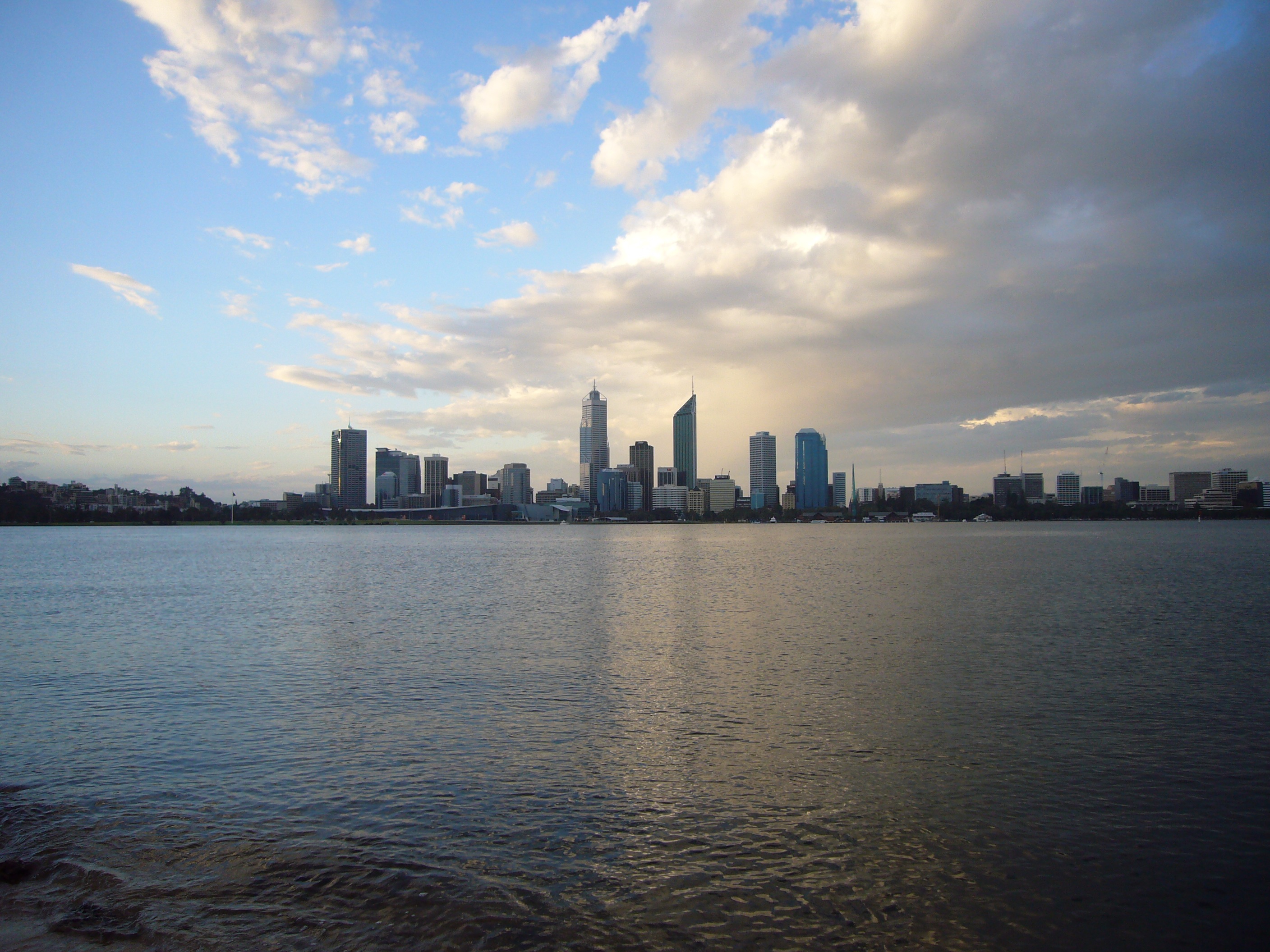Our research combines disciplines of hydrology and hydrodynamics, microbial ecology and biogeochemistry in order to understand aquatic systems:
Computational aquatic ecodynamics
A focus of our research is on coupled physical-biogeochemical modelling of wetlands, rivers, lakes, estuaries and coastal seas for the purpose of characterising habitat dynamics and unravelling controls on nutrient flux pathways and water quality processes.
- Quantifying at ecosystem-scale the effects of human impacts on wetlands and waterways through use of advanced modelling systems.
- Development of novel computational modelling approaches for simulating water quality, nutrient cycling and microbial pollution of surface and coastal waters.
- Use of remote sensing to support aquatic model assessments
- Integrating models with environmental observing systems and sensor networks to study global change
- Use of numerical models for aquatic health assessments and recommendation of management strategies for water quality problems.
Ecohydrological analyses of wetlands and waterways
We conduct process studies that strategically combine hydrodynamics, microbial trophic interactions and aquatic biogeochemistry with a range of state-of-the-art modelling approaches. This approach is used to quantify ecosystem-scale processes and their variability.
- Wetland ecohydrology
- Hydrological and hydrodynamic controls on biogeochemical and ecological processing of nutrients
- Interaction of sediment biogeochemistry and benthic communities with water column processes
- Microbial ecology, microbial trophic interactions and bioenergetics
- Habitat (and biodiversity) response to altered hydrological regimes
The dynamics of catchment systems
Our research unravels how humans through agricultural and urban development and changes to climate regimes impact river basins and associated aquatic ecosystems. Through better understanding of the processes that lead to deterioration of water quality and aquatic habitat, new knowledge can be found to support sustainable policies and practices that can reduce risks to human health and prevent the extinction of plant and animal species.
- Hydro-climatological variability and catchment->ocean nutrient flux pathways
- Catchment scale water quality dynamics
- Socio-hydrology: Interactions in the coupled human-hydro system
- Integrating models with environmental observing systems and sensor networks to study global change


